Best Seasons for Dry Rot Repairs
Dry rot repairs are most effectively performed during periods of stable, dry weather. Moisture control is essential to prevent the recurrence of dry rot. Typically, late spring and early summer offer optimal conditions due to lower humidity levels and warmer temperatures that facilitate drying and treatment processes.
Late spring and early summer provide ideal weather for dry rot repairs, with minimal rain and moderate temperatures.
Heavy rain and high humidity can hinder repair work and increase the risk of dry rot recurrence.
Inspections should be scheduled when weather is predictable to accurately assess damage and plan repairs.
Ensure the area is dry and well-ventilated prior to beginning repair work for best results.

Image depicting the removal of affected timber and treatment application.

Image showing repair tools and materials used for dry rot treatment.
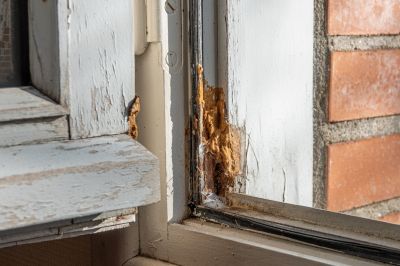
Image illustrating the transformation after dry rot repairs.

Ways to make Dry Rot Repairs work in tight or awkward layouts.
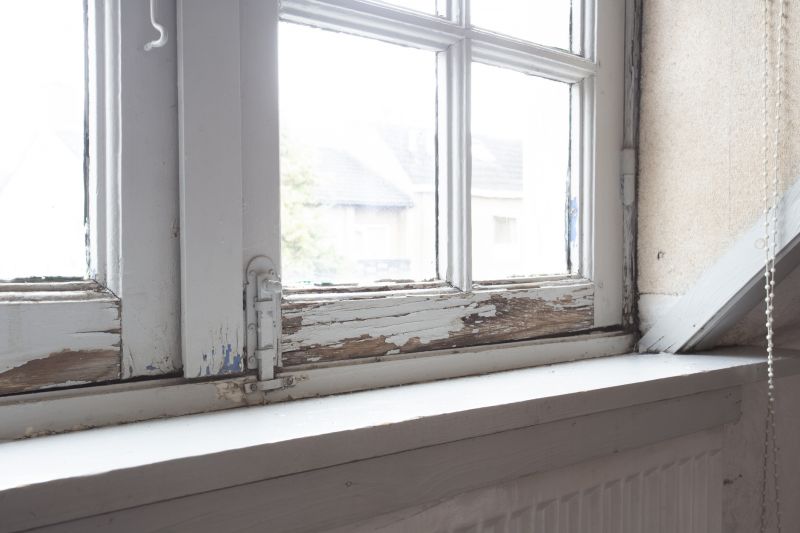
Popular materials for Dry Rot Repairs and why they hold up over time.
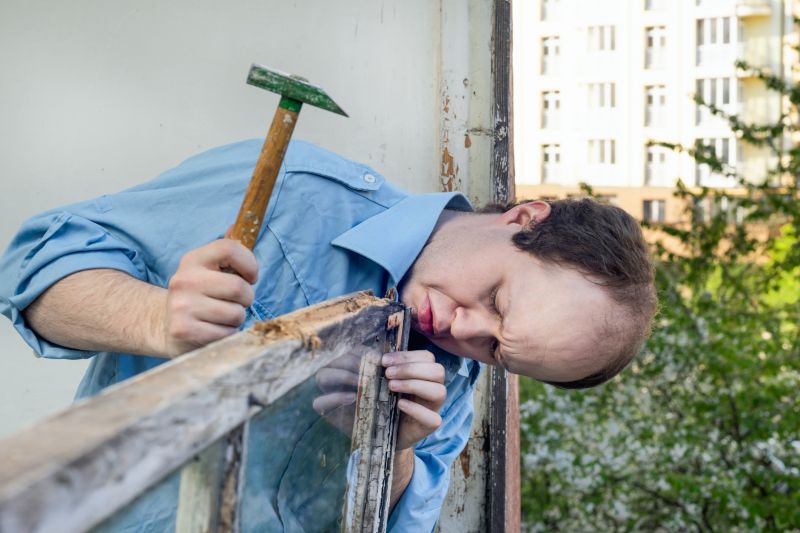
Simple add-ons that improve Dry Rot Repairs without blowing the budget.
| Season | Ideal Conditions |
|---|---|
| Spring | Dry, mild temperatures, low humidity |
| Summer | Warm, dry weather, minimal rain |
| Autumn | Stable weather, moderate temperatures |
| Winter | High moisture levels, cold temperatures |
Dry rot is a serious issue that can compromise the structural integrity of timber in buildings. It is caused by a fungus that thrives in moist, poorly ventilated environments. If left untreated, dry rot can lead to significant damage, requiring costly repairs and extensive restoration. Proper timing of repairs, combined with effective treatment methods, can help prevent the spread and recurrence of dry rot. Regular inspections and maintaining low moisture levels are crucial for long-term preservation of affected structures.

Close-up of timber affected by dry rot.
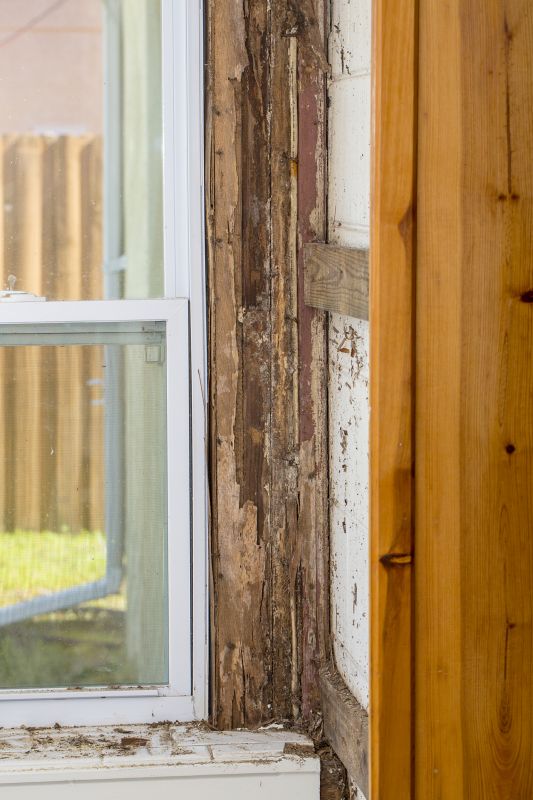
Application of fungicide to affected timber.
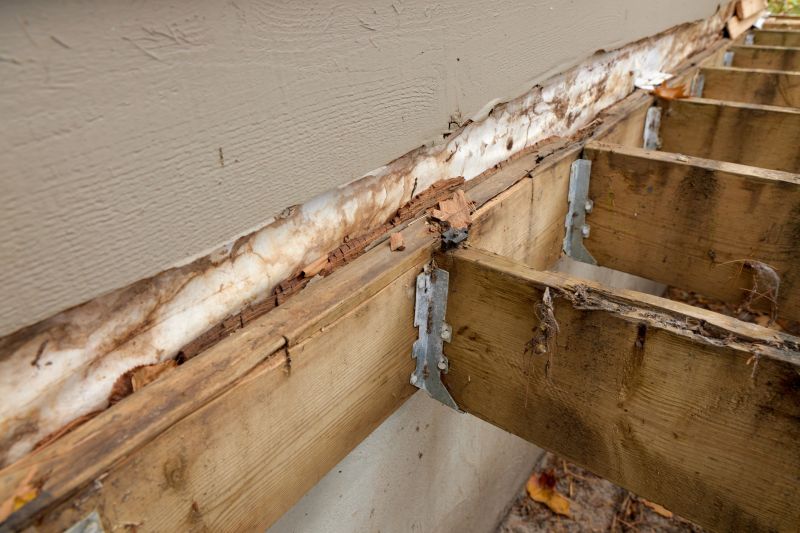
Timber after treatment and repair.
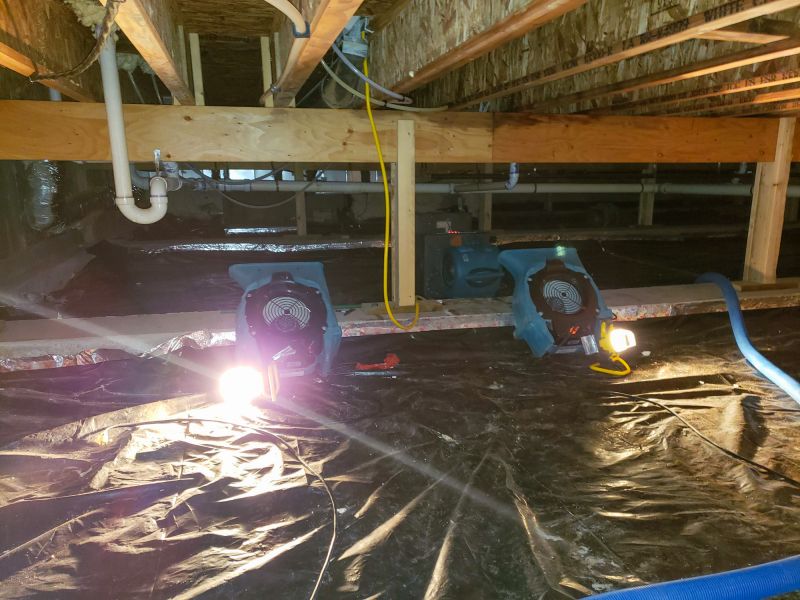
Ventilation and moisture control solutions.

High-end options that actually feel worth it for Dry Rot Repairs.

Finishes and colors that play nicely with Dry Rot Repairs.
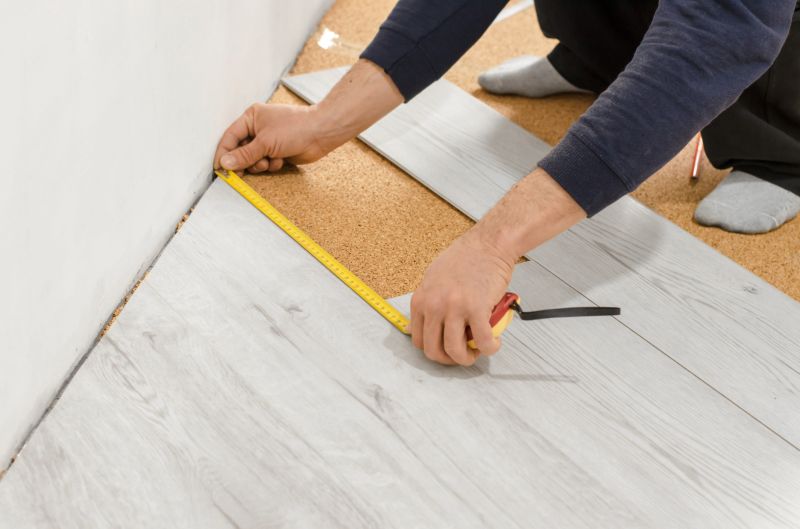
Little measurements that prevent headaches on Dry Rot Repairs day.
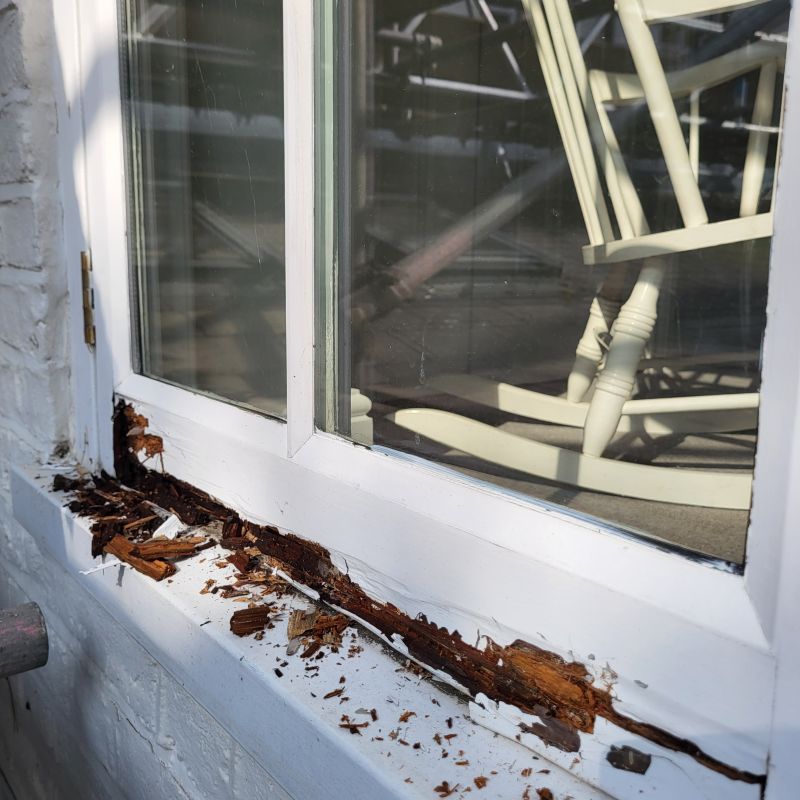
A 60-second routine that keeps Dry Rot Repairs looking new.
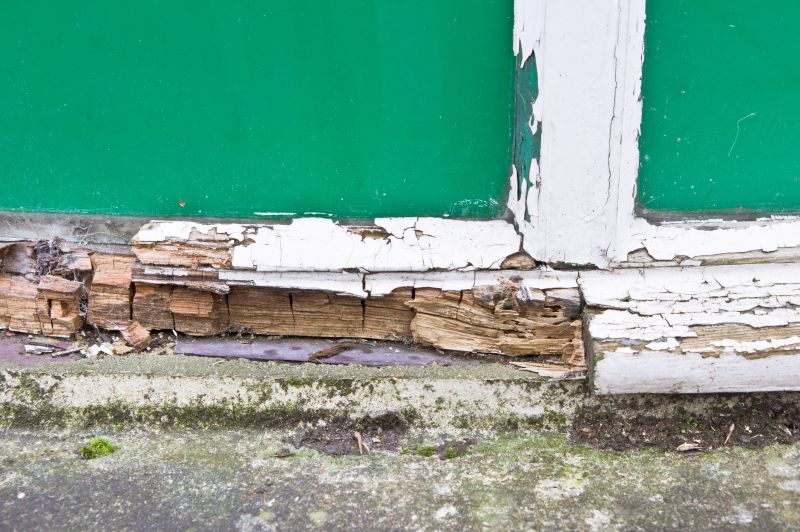
A frequent mistake in Dry Rot Repairs and how to dodge it.
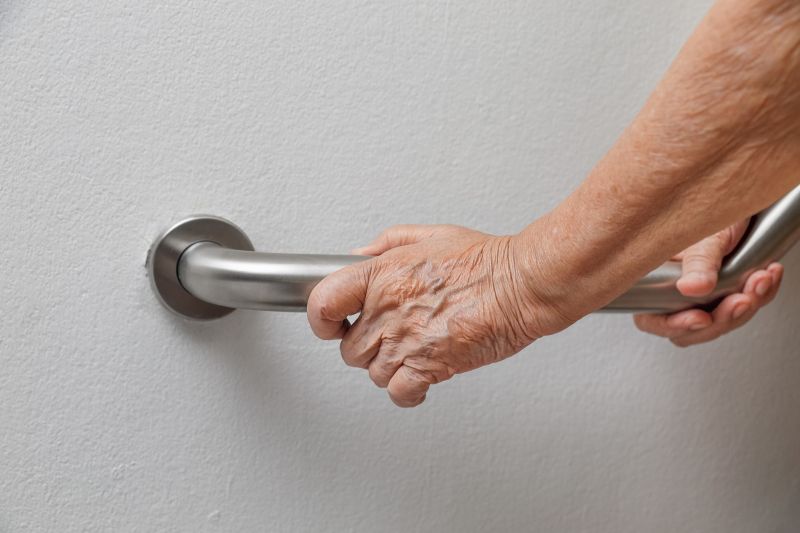
Small tweaks to make Dry Rot Repairs safer and easier to use.
Interested in addressing dry rot issues? Filling out the contact form can provide guidance on scheduling repairs at the most suitable time for optimal results. Proper timing and treatment are essential to prevent further damage and ensure the longevity of timber structures.



